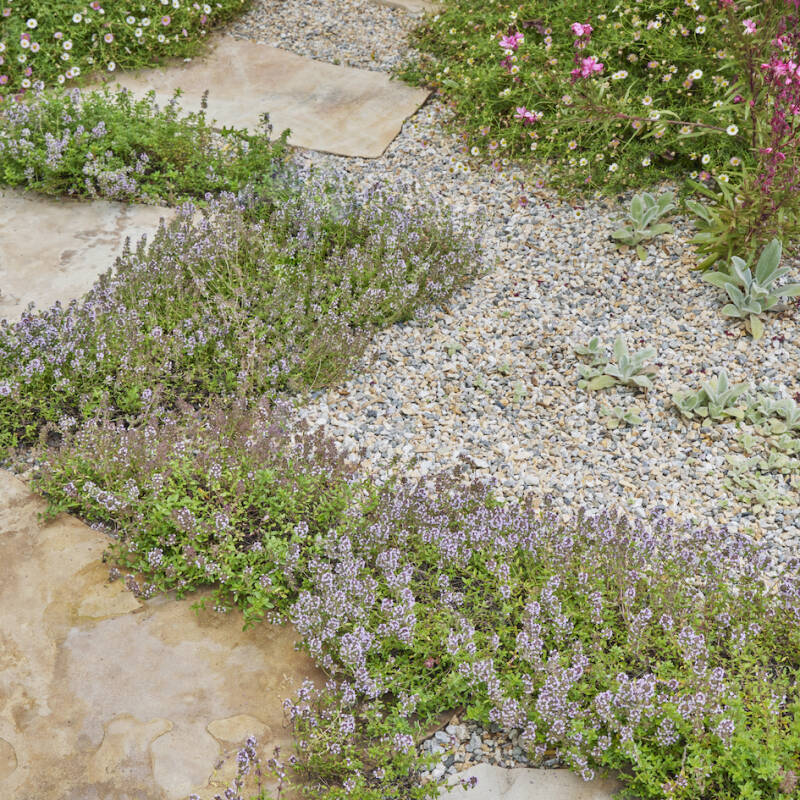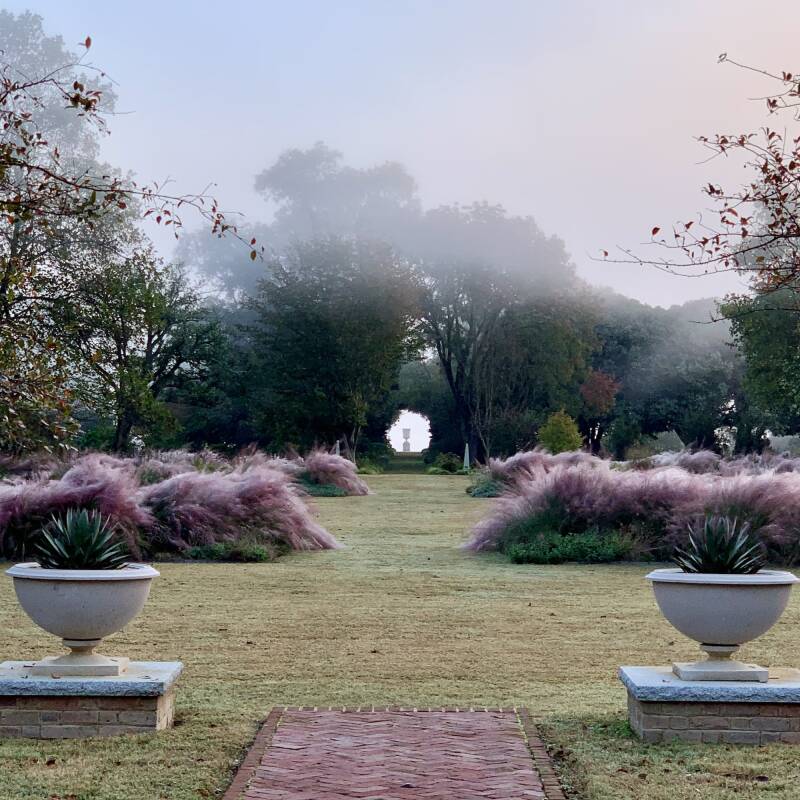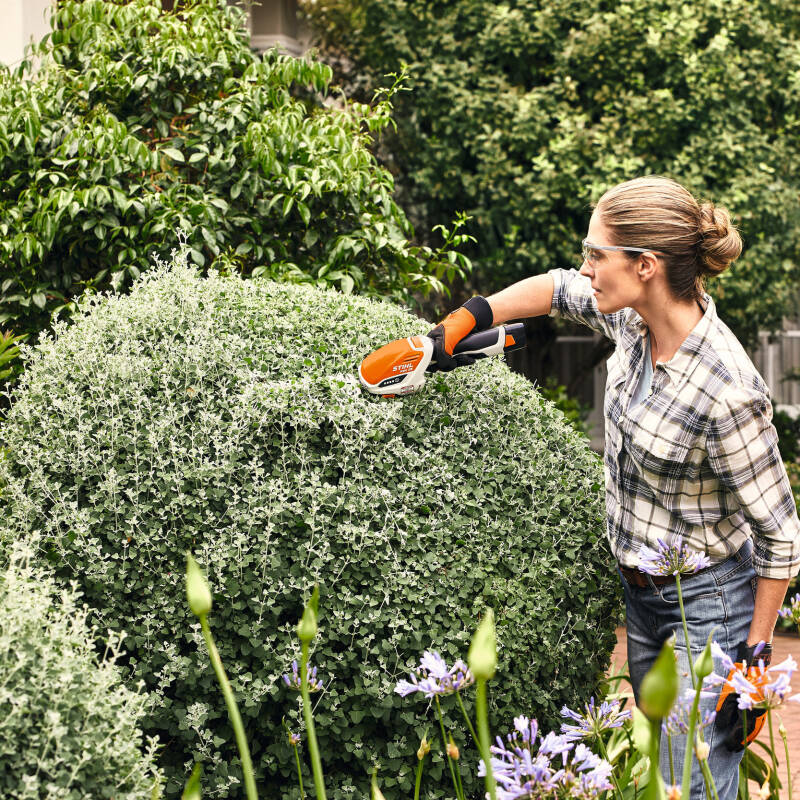Recently we spotted a project on The Modern House that compelled us to stop our scroll and investigate deeper: a home that looks otherworldly and not of this time, located in Dartmoor, a region of southwest England known for its rugged landscape dotted with outcroppings and pre-historic sites. Capped with a rolling green roof and set into a hillside, the two-story residence disappears into its environment, sometimes literally.
“We wanted something that was timeless, that would still be here in a couple of hundred years. I read so many articles about houses with conservatories, swimming pools, tennis courts, games rooms and cinemas. You just don’t need all that,” its owner Gail Pirkis, a literary editor, told The Modern House. Instead, she and her husband, David, hired Peter Hall from Van der Steen and Hall Architects to design a unique but unostentatious house that “faded away around” the landscape.
The project took seven years to complete, during which time they found themselves subtracting the superfluous from their plans (“we didn’t want fancy bathrooms; we didn’t want gizmos in the kitchen”). What they ended up with is a truly low-impact home with a soft, modest footprint that’s simpatico with the natural world that surrounds it.
Here’s a peek. For the full story (and interior images), go here.
Photography by Elliot Sheppard, courtesy of The Modern House.






See also:
- 8 Favorites: Green Roof Inspiration
- Hardscaping 101: Green Roofs
- Sauna Culture: A Rooftop Oasis (and Wildflower Meadow) in Minnesota












Have a Question or Comment About This Post?
Join the conversation (0)